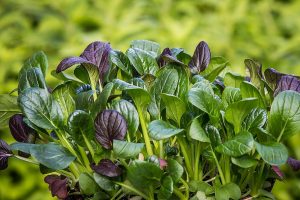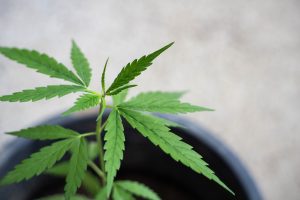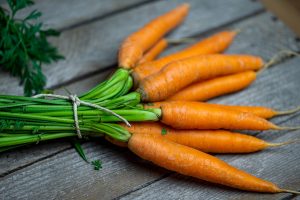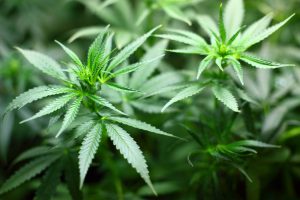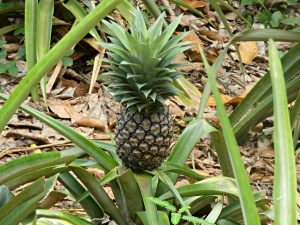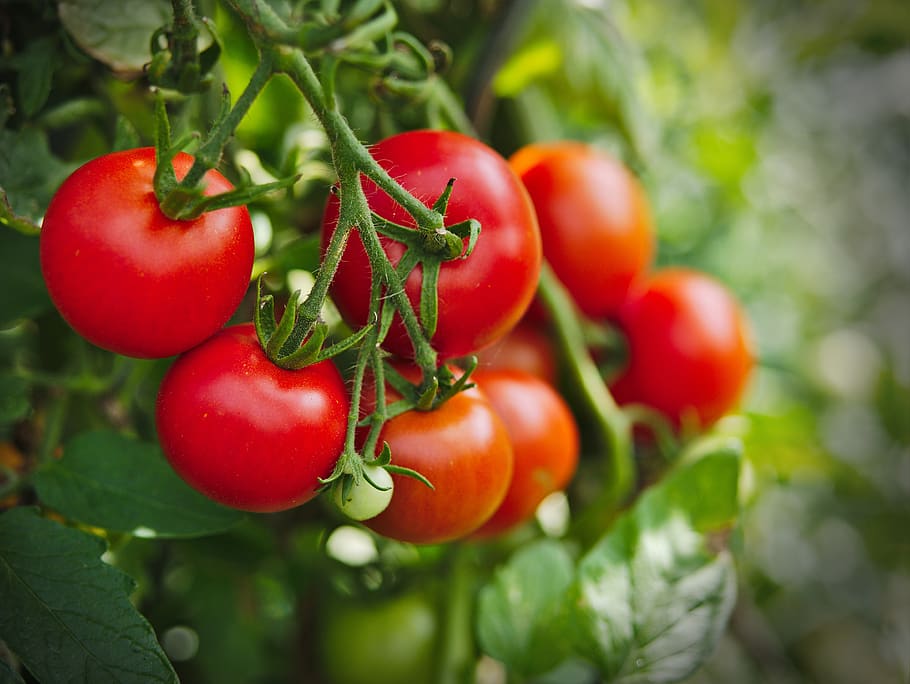
Growing your own tomatoes from seeds can be a fun and rewarding experience! Whether you’re a seasoned gardener or new to the hobby, there’s something satisfying about watching a tiny seedling grow into a fruitful plant. Not to mention, the taste of homegrown tomatoes is unparalleled to store-bought varieties. In this blog post, we’ll go over the basics of how to grow tomatoes from seeds, from selecting the right soil and containers to caring for your plants as they grow. So let’s get started on your journey to growing your own delicious tomatoes!
Importance of Soil Temperature in Tomato Growth
Soil temperature plays a crucial role in the growth and development of tomato plants. As mentioned in the previous section, the optimal soil temperature for seed germination ranges between 68 and 86°F (20-30°C). In order to ensure successful germination, it’s important to start tomatoes from seeds indoors where you can closely monitor and control the soil temperature. When it comes to container planting, choose containers that provide insulation and retain heat to promote healthy seedlings. The recommended planting depth for tomato seeds is approximately 1/4 inch, and it’s best to plant them during the optimal growing seasons when the soil temperature is just right. Fertilization and irrigation are also key factors in the growth process, but keep in mind that warmer soil temperatures promote faster germination and root development. By understanding and adjusting your soil temperature, you can ensure a thriving tomato crop.
Starting Tomatoes from Seeds Indoors
Starting tomato seeds indoors is a great way to give them a head start before they’re planted in the garden. To start, use fresh seed-starting mix and fill seed-starting containers. Press in tomato seeds about ¼ inch deep into the soil, making sure to sow two to three seeds per cell. The seeds are quick to germinate and grow, so aim to start them indoors around four to six weeks prior to the last expected frost date. To encourage healthy growth, keep the soil moist, provide adequate lighting, and maintain an optimal temperature of around 70°F. Once the seedlings have developed their first set of true leaves, they can be transferred to larger containers or transplanted in the garden. By starting tomato seeds indoors, gardeners can ensure a bountiful harvest come summertime.
Container Planting for Tomato Seeds
In order to grow healthy tomato plants from seeds, container planting is a popular choice. This allows for more control over soil quality, moisture levels, and sunlight exposure. It’s important to use clean containers and label them, so you can keep track of when and where you planted your seeds. When planting tomatoes in containers, be sure to leave at least one inch of space below the rim of the pot to add a layer of mulch. If growing on a windowsill, rotate the pots daily to prevent the plants from leaning towards the light. Once the seeds have germinated, remove the humidity dome gradually over a few days. Remember to choose large containers that provide plenty of space for the tomato plants to grow. With proper care and attention, container planting can yield delicious and bountiful crops of ripe, juicy tomatoes.
Recommended Planting Depth for Tomato Seeds
When it comes to planting tomato seeds, it’s crucial to plant them at the recommended depth. According to the factual data, tomato seeds should be planted no deeper than a quarter of an inch. Planting them too deeply could prevent them from sprouting altogether. One handy tip is to plant the tomato seeds about three times deeper than their actual size, which should be around 1/8 to 1/4 of an inch. It’s advisable to make shallow furrows in a container of moistened, sterile seed-starting mix using a pencil or chopstick, and then sow the seeds on top before covering them with about half a centimeter of soil. Overall, following these recommended planting depths and tips could be the key to successful tomato sprouting and ultimately, thriving tomato plants.
Best Time to Plant Tomato Seeds
After discussing the importance of soil temperature and starting tomato seeds indoors, it’s important to know the best time to plant tomato seeds. The ideal time for planting tomato seeds is about six to eight weeks before the last frost date. In colder zones, it’s recommended to plant them indoors before the last frost date or direct sow them two to three weeks after frost in warmer areas. The best month for sowing tomato seeds is mid-March to early April, giving the plants enough time to grow before transplanting them outside. When planting, mixing high-quality garden soil is essential along with watering and fertilization for optimal growth. Once the tomato seedlings are well-rooted and ready for transplanting, it’s best to wait until early summer when all frost dangers have passed. With this information, tomato growers can ensure bountiful plants and a delicious harvest.
Optimal Growing Seasons for Tomato Plants
Tomatoes thrive in warm weather, and the best growing season for them is summer. As mentioned earlier, it’s recommended to start planting tomato seeds indoors 6-8 weeks before the last frost date in your gardening zone. This allows the young seedlings to establish themselves before being transplanted outdoors. The ideal temperature for growing tomatoes ranges from 70-80°F, but they can tolerate temperatures up to 95°F. During this optimal growing season, it’s essential to provide sufficient water and fertilization for the tomato plants to mature properly. With proper care and attention, your tomato plants will produce delicious and juicy fruits all summer long.
Fertilization and Irrigation for Tomato Seedlings
In order to grow strong and healthy tomato plants, fertilization and irrigation are crucial. Tomato seedlings need to be fertilized with a diluted liquid starter fertilizer, high in phosphorus, for strong root development. It is recommended to apply water-soluble fertilizer once or twice a week, mixed at half strength. Drip irrigation is the most efficient method of delivering water and nutrients to tomato plants, which require abundant moisture for best growth. Additionally, it is important to select a well-drained area to promote healthy growth. Space the plants 45-60cm (18-24in) apart, depending on the eventual size, and insert a sturdy support for cordon tomatoes. With proper fertilization and irrigation, tomato seedlings can thrive and produce a bountiful harvest.
Transferring Tomato Seedlings for Cultivation
After weeks of nurturing tomato seedlings, it’s finally time to transfer them to the garden for cultivation. But before doing so, there are a few crucial steps that need to be taken. First, the soil must be prepared and moistened before transplanting the seedlings. Producers prefer to transplant seedlings that are three to six years old, as these are more resilient and have a better chance of survival. Hardening the seedlings before transferring is also important, as this will help them adjust to the outdoor environment gradually. Once the seedlings are ready, they can be carefully removed from their containers and transplanted into the garden. With proper fertilization and irrigation, these seedlings will grow into strong and healthy tomato plants. Transferring tomato seedlings can be challenging, but with the right preparation and care, the rewards of a successful harvest are well worth the effort.
Direct Seeding in Industrial Tomato Production
Direct seeding in industrial tomato production is a common method used by commercial growers. This process involves sowing tomato seeds directly into the ground, rather than starting them indoors or transplanting seedlings. Industrial farmers find this method convenient because it saves them time and resources. However, the success of direct seeding largely depends on soil conditions, climate, and timing. Adequate soil moisture, temperature, and nutrients are essential for seed germination and plant growth. Moreover, farmers need to ensure that tomato seeds are planted at the proper depth and spacing. Overall, direct seeding can be an effective approach to growing tomatoes on a large scale, but it requires careful planning and management.
Alternative Tomato Growing Methods (Plastic Bottle Technique)
The Plastic Bottle Technique is a type of alternative tomato growing method that is ideal for those who are on a budget or have limited space. This method involves cutting plastic bottles in half and filling them with soil and tomato seeds. The top of the bottle can be used as a lid that can be opened to allow air circulation. This technique is great for reducing water usage, as the bottles can be fitted with drip irrigation or watering spikes. This method also allows for easy movement of the plants, as they can be transferred to different locations without much hassle. However, it is important to note that the plants in the bottles need ample space to grow, so it is important to use bottles that are large enough to accommodate the plants. Regardless, the Plastic Bottle Technique is a great way to grow tomatoes if you’re looking for a low-cost and space-saving option.

